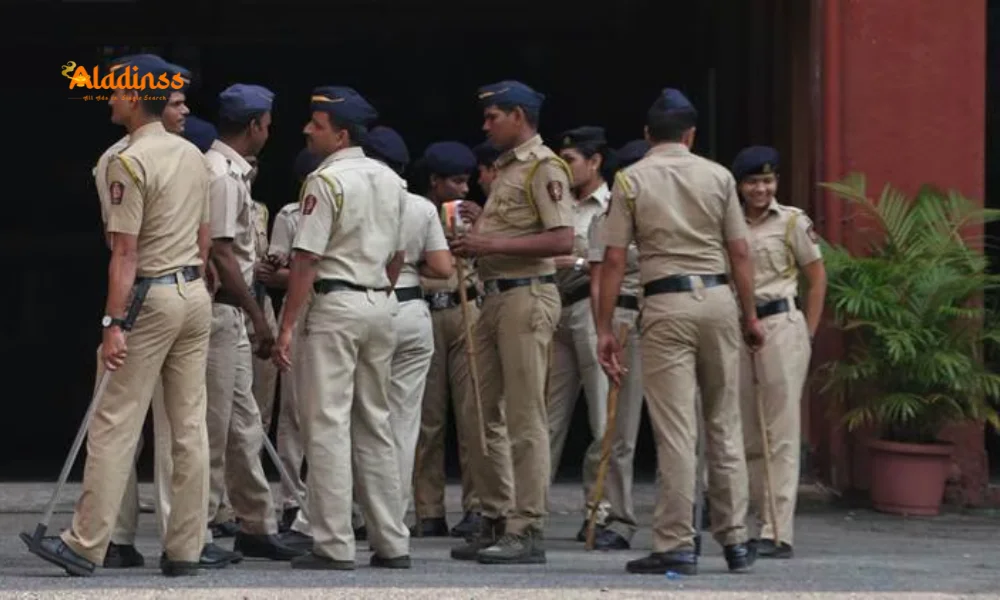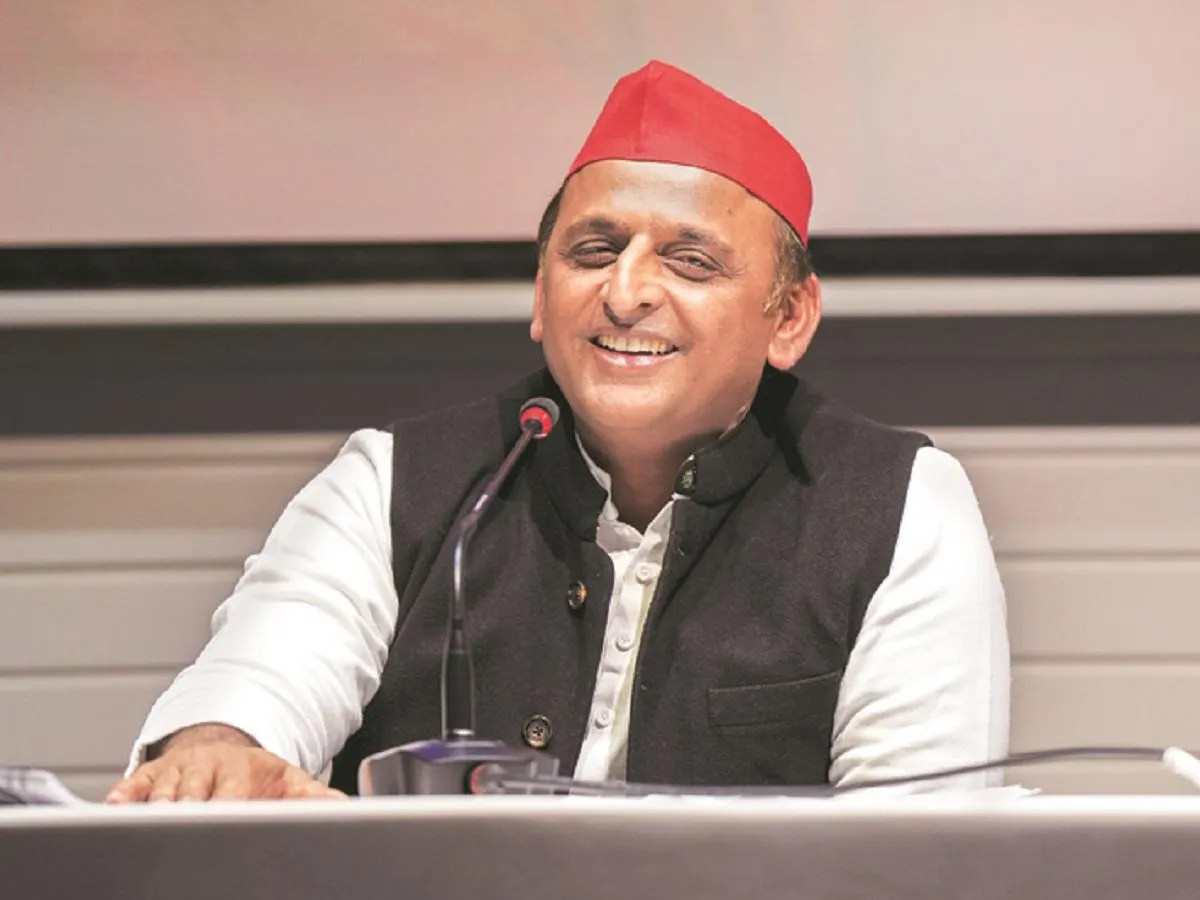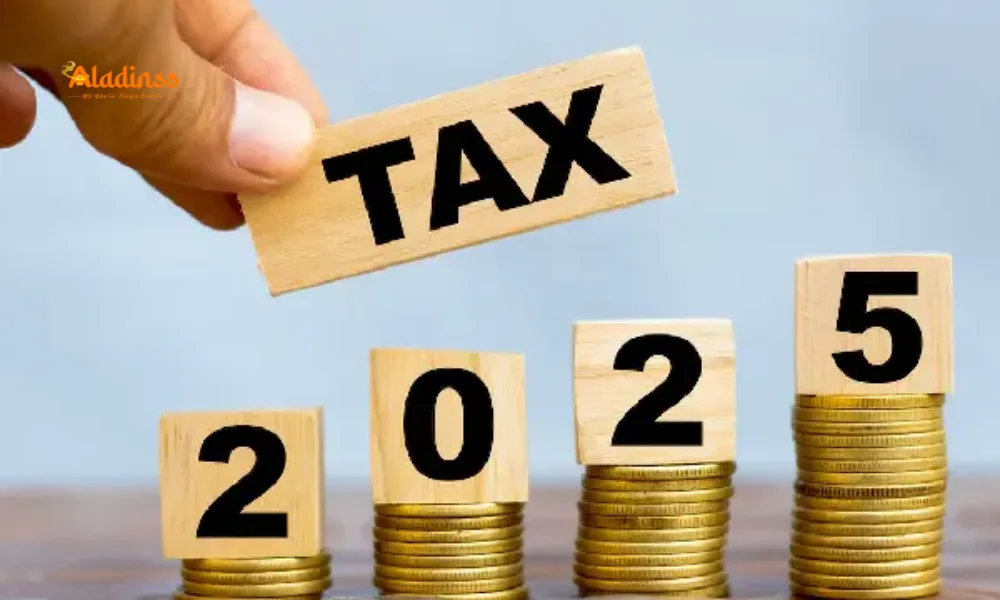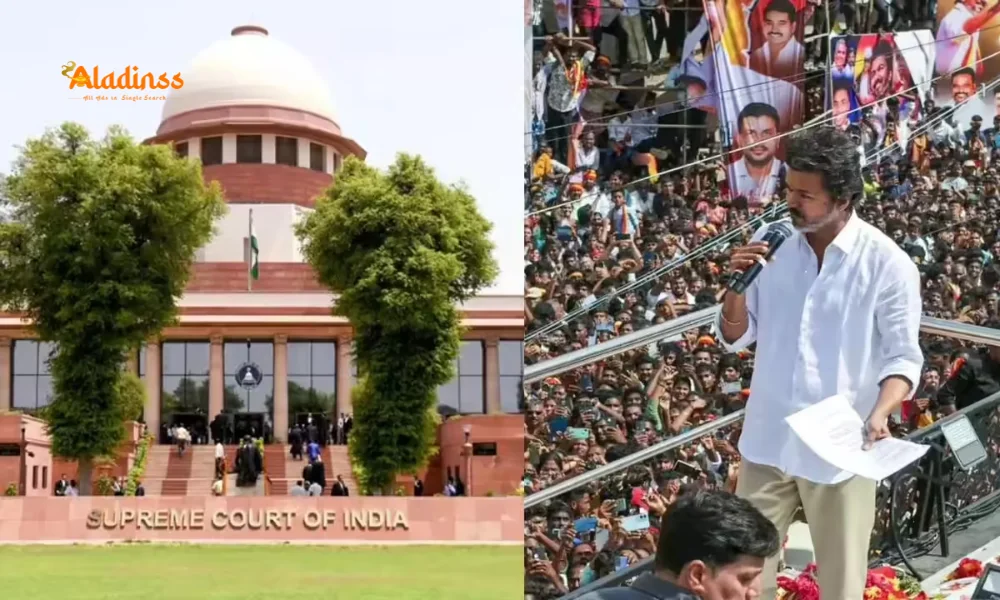Upgrade Ration Card for Full Pongal Benefits TN
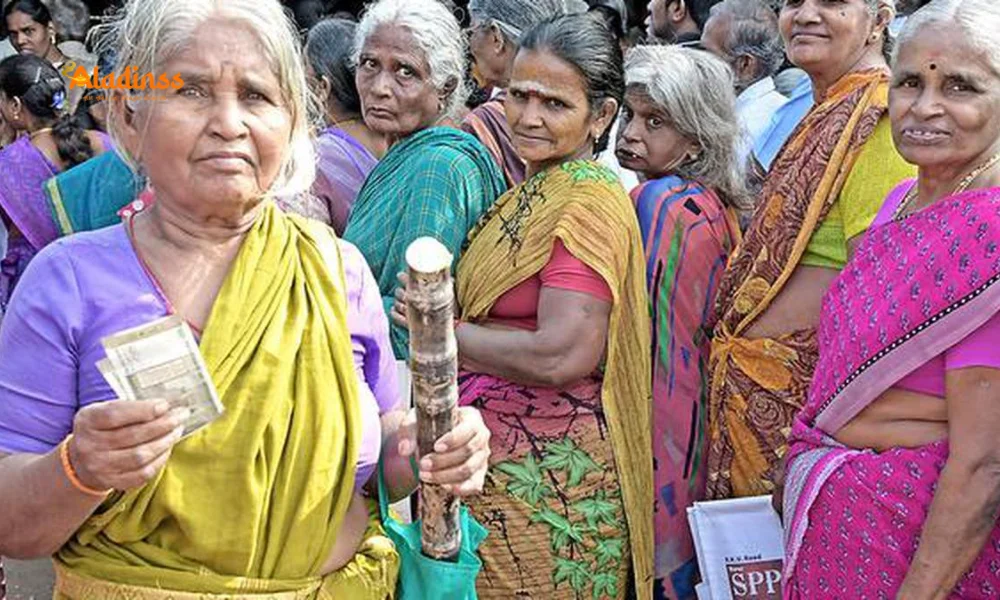
Maximize Pongal Benefits: Upgrade Your Ration Card in Tamil Nadu
Tamil Nadu's public distribution system serves over 2.20 crore households through ration cards, making them essential for accessing government schemes like Pongal gift money and disaster relief funds. However, not every card qualifies for full entitlements, potentially leaving eligible families shortchanged during festive distributions or emergencies. Understanding the nuances of ration card Tamil Nadu types can help you secure comprehensive support, especially as the state gears up for upcoming welfare announcements.
With Pongal around the corner, many residents are reviewing their cards to ensure they receive the complete cash incentives and subsidized essentials. The key lies in holding a priority household (PHH) or non-priority household (NPHH) card, which unlocks maximum benefits compared to limited variants. If you're stuck with a sugar-only card, converting it to a rice-inclusive one is feasible with the right steps, ensuring your family taps into every available resource amid rising living costs.
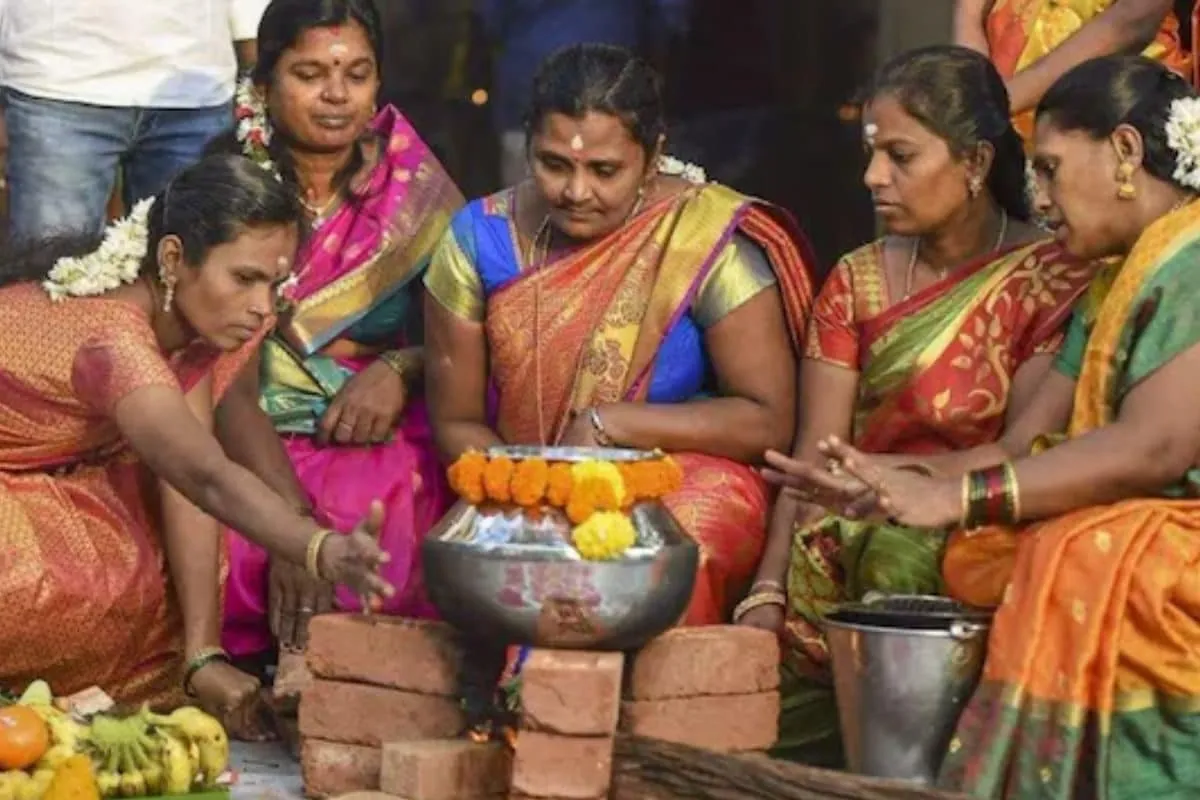
This guide breaks down the card categories, eligibility criteria, and the application process for upgrades, empowering you to align your documentation with government priorities. By acting now, you can avoid missing out on vital aid that supports nutrition, financial stability, and community resilience in Tamil Nadu's diverse socio-economic landscape.
Understanding the Five Types of Ration Cards in Tamil Nadu
Tamil Nadu operates a robust PDS framework with five distinct ration card varieties, each tailored to different household needs and income levels. The PHH card, often called the rice card, is the gold standard, providing subsidized rice, wheat, sugar, and other staples at nominal prices. It caters to below-poverty-line (BPL) families, ensuring they receive 35 kg of rice monthly at Rs. 1 per kg, alongside additional quotas for pulses and oils.
Next is the NPHH card, designed for above-poverty-line (APL) households yet still offering substantial subsidies on essentials, though slightly less generous than PHH in quantity. This makes it a strong second option for moderate-income groups seeking reliable access to Tamil Nadu ration benefits. In contrast, the NPHH-S or sugar card limits provisions to items like sugar and kerosene, excluding grains-a common issue for urban migrants or temporary residents who initially applied under simplified categories.
The AAY card targets senior citizens and extremely poor households, delivering enhanced rice allotments of up to 35 kg at ultra-low rates, with priority for widows and disabled members. Finally, the NPHH-NC serves purely as an identity proof for address verification, devoid of any commodity entitlements. Recognizing these distinctions is crucial, as schemes like Pongal hampers or cyclone relief are disbursed primarily to PHH and NPHH holders, underscoring the importance of ration card types Tamil Nadu in welfare delivery.
- PHH: Full rice and essentials for BPL families.
- NPHH: Balanced subsidies for APL households.
- NPHH-S: Sugar and basics only, no grains.
- AAY: Extra rice for vulnerable elderly and poor.
- NPHH-NC: Address proof, no benefits.
Over the years, the state has digitized these cards via the Tamil Nadu PDS portal, linking them to Aadhaar for seamless transactions. This integration has boosted transparency but also highlighted discrepancies, with thousands discovering ineligible statuses during benefit claims. For families in districts like Chennai or Coimbatore, upgrading ensures uninterrupted access to programs that have distributed billions in aid annually.
Why Upgrade? Unlocking Full Government Benefits with PHH or NPHH
Holding a PHH or NPHH card opens doors to a cascade of state initiatives, from Pongal's Rs. 1,000 cash gift to Amma Unavagam meal subsidies. These cards guarantee priority in disaster payouts, such as the Rs. 4,000 flood relief per family, and educational grants under the Chief Minister's scheme. In 2024 alone, over Rs. 5,000 crore flowed through PDS-linked programs, yet sugar card holders often receive prorated amounts, missing out on rice quotas worth hundreds monthly.
For low-income earners, this upgrade translates to tangible savings-up to Rs. 500 per month on groceries-while fostering food security in inflation-hit times. Rural households in Madurai or Tirunelveli benefit most, as enhanced cards link to MGNREGA wage enhancements and health insurance under Dr. Muthulakshmi Reddy Maternity schemes. Moreover, during festivals, PHH families enjoy bonus sugar and free sarees/dhotis, perks absent for limited cards.
The government's push for universal coverage via One Nation One Ration Card has amplified these advantages, allowing interstate portability. Yet, without a qualifying card, migrants from Kerala or Andhra face hurdles. Upgrading not only maximizes Pongal benefits Tamil Nadu but also builds long-term equity, aligning with the state's vision of inclusive growth.
Simple Switch: From Rice Card to Sugar Card via TN PDS Portal
Downgrading from a PHH or NPHH to an NPHH-S sugar card is straightforward for those no longer qualifying due to income rises. The Tamil Nadu Public Distribution System (TNPDS) website or mobile app streamlines this, requiring just a few clicks to initiate. Log in with your existing card details, select the conversion option, and upload basic proofs like income certificates.
Processing takes 7-10 days, with SMS alerts on approval. This ease encourages compliance, preventing misuse and freeing resources for the needy. Urban professionals in Chennai often opt for this, retaining identity benefits while forgoing subsidies they don't need.
Challenging Yet Achievable: Converting Sugar Card to Rice Card
The reverse-upgrading from NPHH-S to PHH or NPHH-demands proving BPL status amid economic shifts like job loss or family expansion. Start by filing a Monday Petition at your District Collector's office, a weekly slot dedicated to welfare applications. This formal request outlines your circumstances, backed by verifiable evidence to satisfy scrutiny.
Authorities emphasize genuine need, as false claims invite penalties under the Essential Commodities Act. Successful conversions have surged 20% post-digital reforms, aiding thousands in regaining full Tamil Nadu PDS benefits. Patience is key, as verifications ensure fairness in resource allocation.
Essential Documents for Ration Card Conversion Approval
To bolster your application, compile these core documents meticulously:
- Aadhaar card of the family head for biometric linkage.
- Recent passport-sized photographs (4-6 copies).
- Income certificate or BPL survey proof from revenue department.
- VAO (Village Administrative Officer) certification on financial status.
- Bank passbook or gas connection details for cross-verification.
These establish eligibility, with Aadhaar enabling seamless NFSA database checks. Omissions can delay processing by weeks, so double-check submissions.
Step-by-Step Process: From Petition to New Card Issuance
Post-petition, the Collector's office forwards your file to the District Supply Officer (DSO). A field team conducts home visits, assessing living conditions and asset holdings. Concurrently, Aadhaar-linked queries pull data from central repositories-ITR filings, property records, loan histories-to flag discrepancies.
Approval timelines vary from 15-30 days, culminating in a new smart card dispatched via post or collected at fair price shops. Track progress on tnpds.gov.in using your reference number. This rigorous vetting, while thorough, safeguards the system's integrity, benefiting 90% of genuine applicants statewide.
Challenges like rural connectivity gaps persist, but helplines (1967) offer guidance. Success stories abound, from Salem families reclaiming Pongal funds to Villupuram widows accessing AAY perks.
Avoid Pitfalls: Transparency in Ration Card Upgrades
Irregularities, such as underreporting assets, trigger rejections and blacklisting. The government's AI-driven audits have curbed fraud by 30%, promoting trust. For those ineligible, alternatives like direct benefit transfers via DBT ensure aid reaches without PDS dependency.
In conclusion, proactive ration card upgrade Tamil Nadu empowers families to harness full welfare potential. As schemes evolve, staying informed via official portals keeps you ahead, turning policy into prosperity for Tamil Nadu's 7.5 crore residents.
Comment / Reply From
No comments yet. Be the first to comment!

